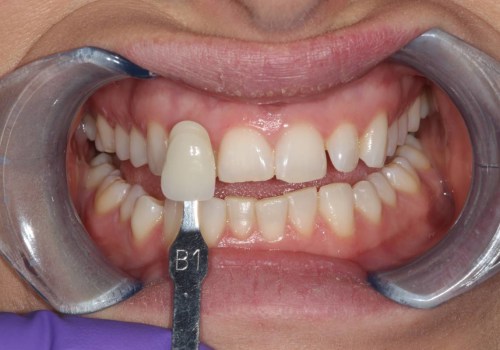Laser dentistry is a relatively new technology that has been used in the dental field since 1994. It is a form of treatment that uses lasers to treat a variety of dental problems, such as cavities, gum disease, and tooth decay. While laser dentistry offers many advantages, there are also some risks associated with it. In this article, we will discuss the benefits and risks of laser dentistry. One of the main advantages of using dental lasers is that they can be used to treat a range of dental problems. Lasers can be used to remove plaque and tartar from teeth, as well as to prepare teeth for fillings or crowns.
Lasers can also be used to treat gum disease, as they can break up tartar without the need for scraping or cutting. This makes the procedure more comfortable and has minimal recovery time. Another advantage of laser dentistry is that it can reduce or eliminate pain during dental procedures. This is especially beneficial for those who experience anxiety when visiting the dentist. The use of lasers eliminates the discomfort associated with traditional methods, making it easier for patients to relax and receive thorough treatment. However, there are some risks associated with laser dentistry.
Lasers are not effective in treating all teeth or cavities, and they cannot reach cavities between teeth. In addition, lasers can cause damage to surrounding gum tissue or an injury to the dental pulp if a problem occurs during treatment. This is why it is important to visit a qualified dentist who is experienced in using lasers. In conclusion, laser dentistry offers many advantages over traditional methods. It can reduce or eliminate pain during dental procedures, as well as provide a more comfortable treatment option for a number of dental procedures involving hard or soft tissue compared to drills and other non-laser tools.
However, there are some risks associated with laser dentistry, so it is important to visit a qualified dentist who is experienced in using lasers.







